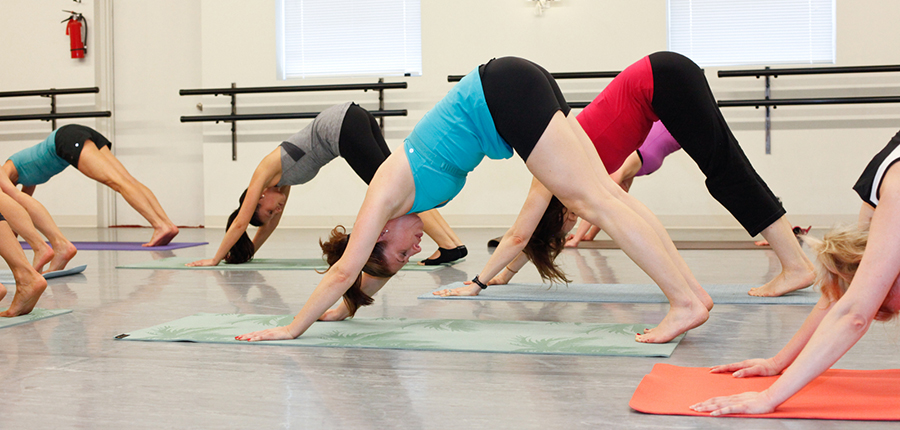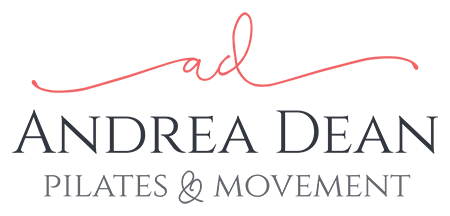
26 Oct Cardio Workout & Movement
When I work on hip joint strength, I am looking to create a well-rounded workout, because I want my hip to function well at all times.
Let’s look at how to make our cardiovascular workout better-rounded, so every muscle in our body receives enough nutrition (blood and oxygen). Cardiovascular exercise should be an exercise that strains muscles, increases your breathing rate and raises your heart rate. We need to move our muscles. The size of the moves matters – the bigger the moves, the more your muscles work, the more blood they need, the more our heart needs to pump blood to arteries so the blood vessels can deliver the oxygenated blood deeply into our capillaries. Deep and large lunges, big hips moves, high leg lifts, big arm movements – all those take a lot of strength. Add resistance, contractions, control of momentum, moments with suspension (hold the leg up and control the drop by using the strength of your hips, back and abdominal muscles – your Pilates Powerhouse) all those are natural movement to strengthen your heart.
What are the effects and results of YOUR cardiovascular exercise?
Does it raise your breathing rate?
You could ride a bike and never elevate your heart rate or you could chase after your child and that might make your heart pumping.
Does it raise your body temperature? Do you sweat?
You carry a heavy grocery bag or you could walk quickly up the hill and be sweating.
Does it challenge your muscles?
You could try a few slow Tai Chi plies to feel the burn in your legs.
Choose the more intense movements in your everyday life. Variety is a spice of life.
We tend to do the same cardio exercise, which means parts of us are getting that extra infusion of blood, but other parts are experiencing a decrease and are not receiving the benefits of movement. Try to switch it up and do lots of different things for cardio and movement to balance the oxygen distribution. That is why I vary my workouts – Pilates, Piloxing, Essentrics, family walks and biking.
Let’s look at few terms
Cardio vascular system – heart, blood and blood vessels – delivers red blood cells everywhere throughout our body.
Respiratory system – airways, lungs and respiratory muscles – transports air into the lungs and delivers oxygen into our blood stream. It also takes the waste – carbon dioxide from the blood as we exhale. The heart and lungs are connected through tubing system which delivers oxygenated red blood cells throughout all of our tissues.
Arteries – big tubes, Arterioles – smaller tubes, Capillaries – tiny tubes.
How we use our body sets us up for the ability of the blood to flow well through an area. How we use our body shapes our muscles. Subtle muscles can move blood better and faster. Stiff muscles force your heart to work really hard to pump the blood in those areas. This is a mechanical signal for our body to make more capillaries. We are making more capillaries when we move. Walls of the capillaries are not like muscles, they do not change. They can only increase or decrease in number. It is a very organic system. I like to compare this system to a plant growing roots – the more sun and water it gets, the more roots it grows. Use it or lose it. The capillaries will disappear if you do not move certain muscles. Parts of the body that are not working are not receiving the nutrient from capillaries. Also, when we work a certain muscle really hard – like fast spin on the stationary bike – it pulls blood away from non-working areas, and then puts a lot of blood to the areas that are working. Move every muscle of your body (from fingers to toes) and grow more capillaries, so you can have control over the flow of your blood.
Your lifestyle shapes how your blood runs in your body.
Change your lifestyle, increase your muscle movements and help your heart to pump and deliver the oxygen to all parts of the body. If you are stiff and force your heart to vigorous cardiovascular workout you will increase the work of your heart. Your heart has been working all day to get blood as far as it can through your body – when you are sitting all day your muscles aren’t really helping your heart. Doing nothing all day and then doing something at a higher intensity might not be the best for your heart. We need to move all day.
Make sure that you are not stiff before your start your work out – mobilize with a warm up – relax your body, fingers, make wide steps, bend knees – use legs, breathe deeply, let your body sway so the blood can swish around your body. Then transition into a right cardio for you. We need our muscles to be strong and flexible to sustain a healthy circulation in our body. Cardio, strength and flexibility- those three categories are absolutely related.
Next time we look at calorie burning in our muscles, in mitochondria, weight loss, and why using muscles is important to prevent the aging process and muscle atrophies.


No Comments